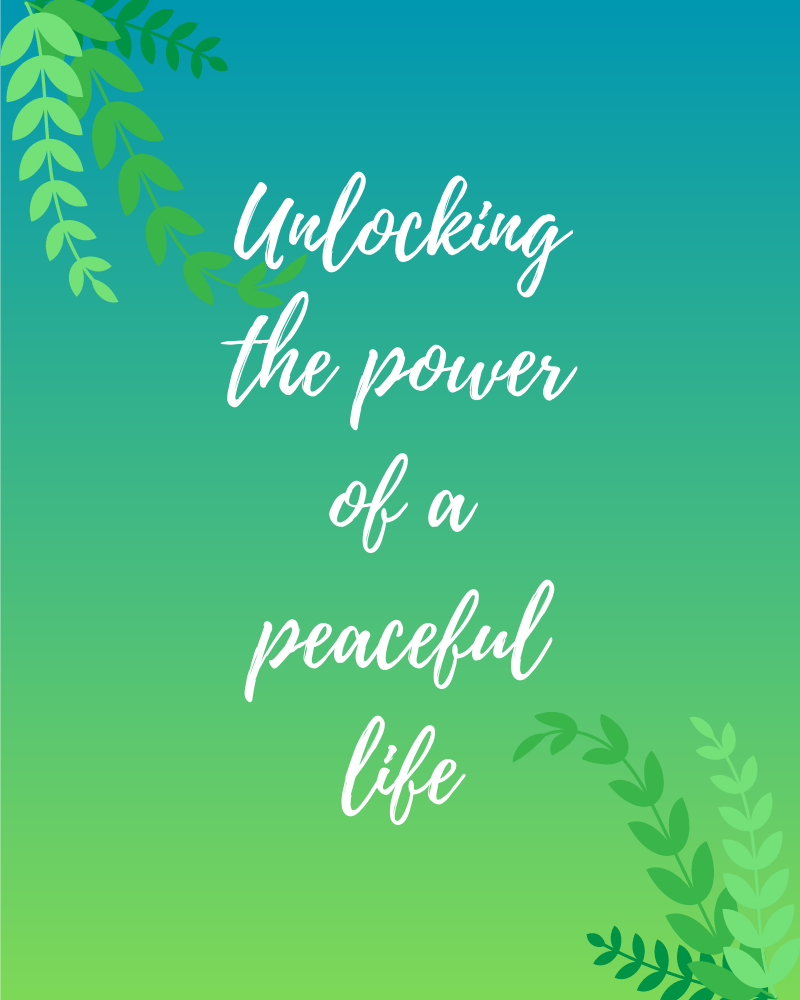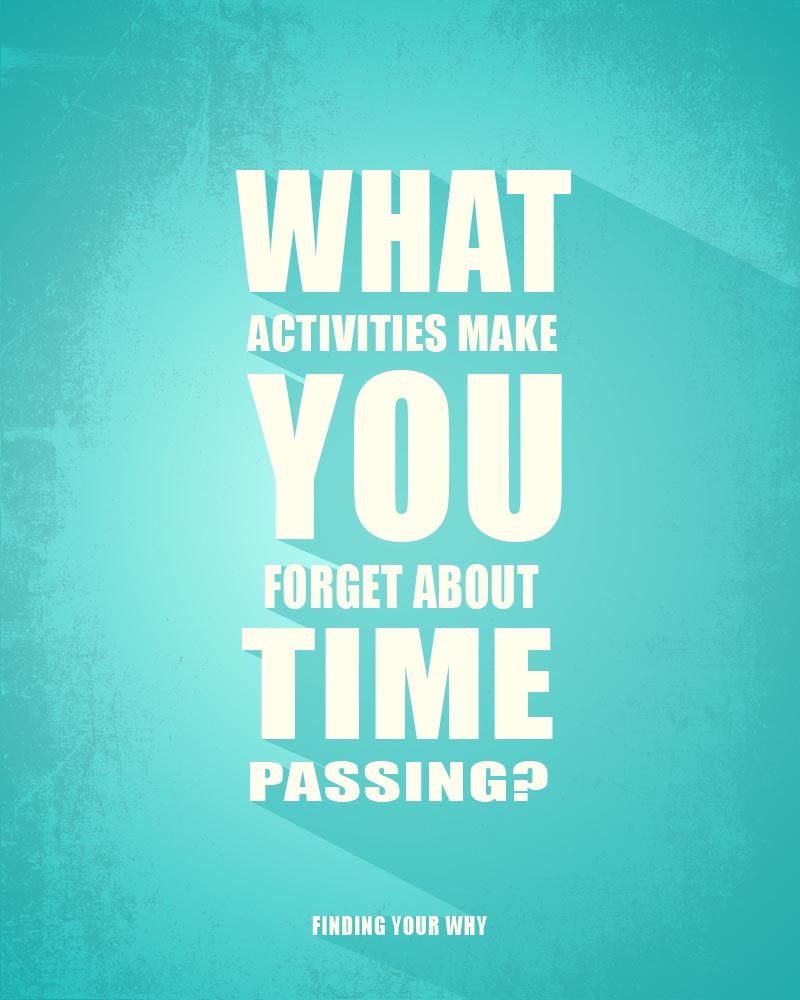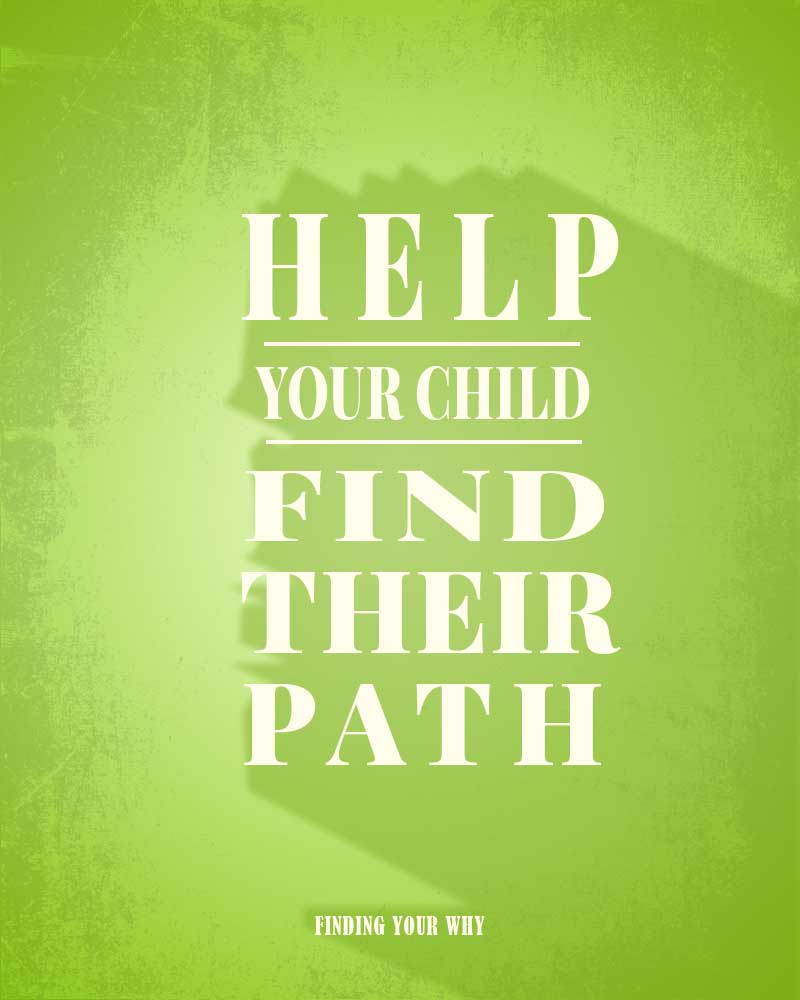Do you find yourself reaching for sugary snacks when you’re overwhelmed and stressed out? If so, you’re not alone. Sugar has been linked to increased stress levels, so it’s important to understand how to reduce your sugar intake if you want a more peaceful life. In this blog post, we’ll explore how sugar-free leads to stress-free.

When we’re feeling stressed or anxious, it’s no surprise that we often crave sugar. It’s all part of our natural fight-or-flight response. If we are about to fight or run from a hungry tiger or a charging rhinoceros, what do we need? Energy.
What is the quickest form of energy for a situation like this? Sugar. When your body is in fight or flight mode, it’ll automatically release stored sugar for a quick burst of energy, like when you need to climb a tree to get away from a rhino. After you’ve escaped, you’ll probably crave more sugar to replenish your energy levels.
Our brains are pretty incredible, but they don’t know the difference between a tiger jumping out at you and a looming work deadline. So, when either of these threats arise, your body goes into fight-or-flight mode, releasing sugar reserves and making you crave more.
You are not fighting off a tiger though (I hope) and so the sugar your body dumps does not get turned into energy. Instead it stays in your system. If you then eat more of the sugar you crave in this situation, you end up with a sugar high.
What happens after a sugar high? A sugar crash. This leads most people to eat more sugar, which sets up a vicious cycle that in the long run can lead to hypoglycemia and diabetes.
This blood sugar rollercoaster isn’t the fun kind. It makes you anxious and uneasy – the opposite of what you’re trying to achieve! This occurs because of the hormones (cortisol and adrenaline) that the body releases to manage the sugar swings.
When you’re feeling overwhelmed and anxious, it can be tempting to give in to the sugar craving. But that’ll only make things worse. So, what’s the better alternative?
It’s right to think about eating something. Your body needs energy and it’ll help regulate the sugar levels in your system. Instead of reaching for something sugary though, opt for something healthier or that takes a bit longer to digest.
In this situation, you’re looking for foods that are going to provide you with some energy and sustenance. Think salads, toast, peanut butter, cheese and eggs. Nuts are good if you’re okay to eat them and need something in more of a snack form. Aim to eat anything with complex carbs, protein, or fat. Steer clear of anything too sugary or loaded with simple carbs.
Making small changes to your diet can make a huge difference in your wellbeing. Moving towards sugar-free helps move you to stress-free. You can reduce anxiety and live more peacefully. By replacing sugar with healthy alternatives like protein-rich snacks, fruits, and vegetables, you can give your body the fuel it needs to stay energised and relaxed. With a few simple swaps, you can enjoy the sweet life without the stress.









